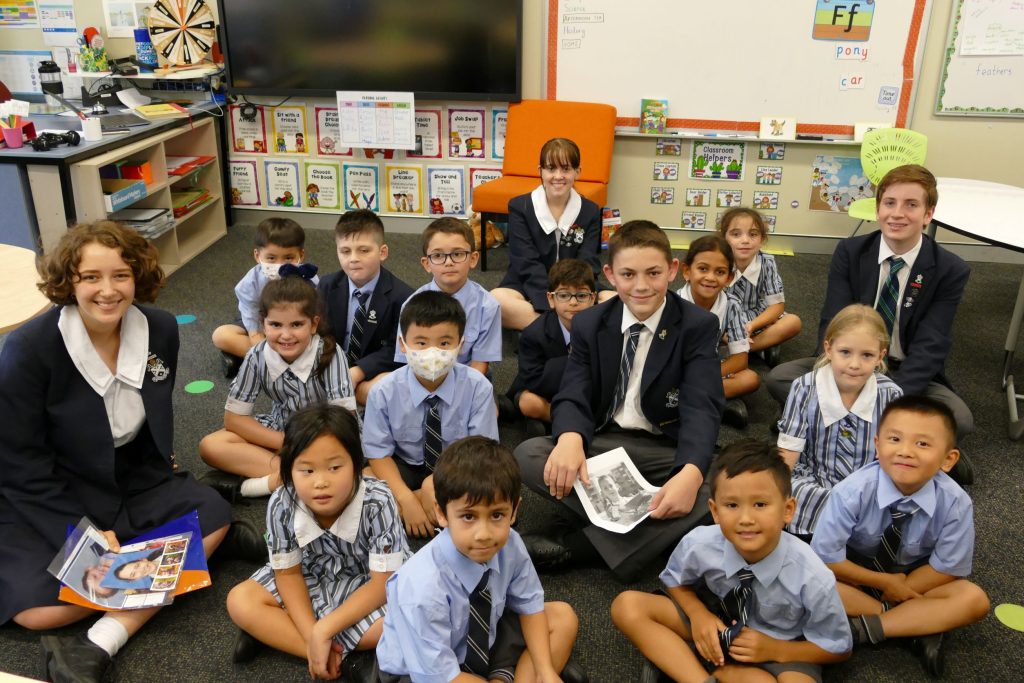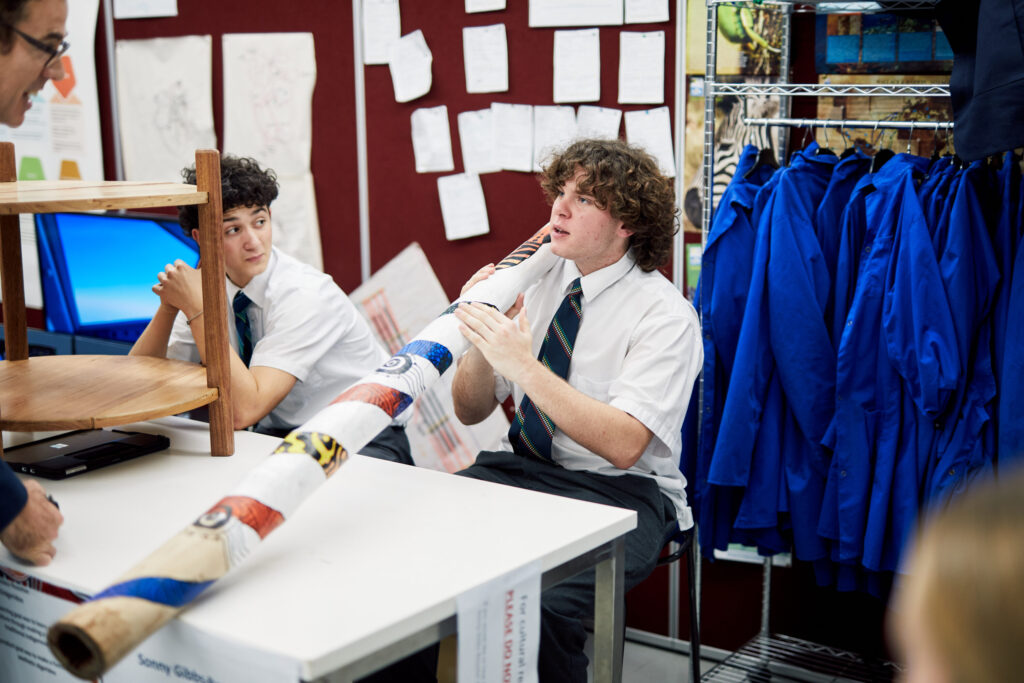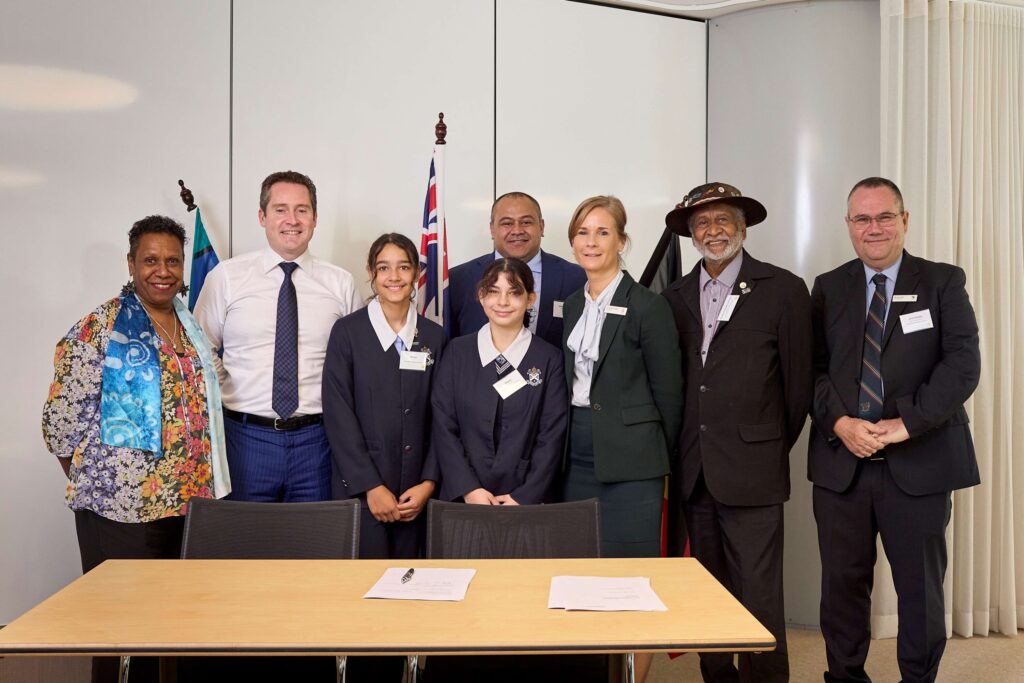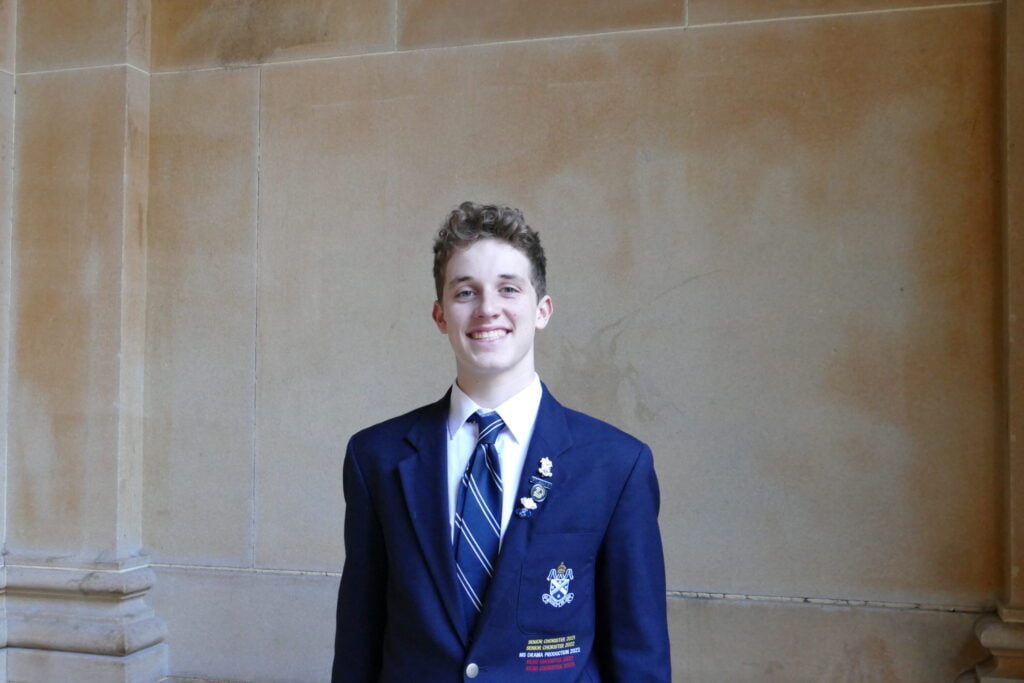Our coaching triads are changing the way teachers operate by providing a super-charged space for learning and innovation. Teachers are walking in with an inkling about what they’d like to develop and they walk out with a renewed enthusiasm for their work.
Dr Kaye Chalwell is the Teaching and Learning Coordinator in the Junior School and Anthony Sharman is a humanities teacher who works in the Senior College. Normally the two have little to do with each other. Their offices lie in different buildings and their training has equipped them to teach different age groups. Yet, thanks to the coaching triad initiative, they have formed an unlikely partnership that has brought renewed creativity and innovation to their teaching.
A coaching triad brings two teachers together along with a coach to form, well, a triad. The group of three meet on a regular basis to reflect on their own teaching practice and to explore the latest educational research. The result is a super-charged space of learning and innovation.
“Coaching triads ultimately underpin [Education Professor] John Hattie’s idea about collective teacher efficacy, which is seen to have the greatest correlation with student achievement. A triad grows a teacher’s belief in their ability to positively affect students,” says Senior Learning Coach Elle Smith.
A triad grows a teacher’s belief in their ability to positively affect students
Elle Smith, Senior Learning Coach
Dr Chalwell and Mr Sharman found a point of common interest over the course of their triad. They realised they were asking many of the same questions about how to extend gifted and talented students, only from different ends of the schooling spectrum. Mr Sharman spends much of his time preparing students for HSC level history. While Dr Chalwell’s job is to improve teaching at a primary school level. Rather than dwell on the differences, they spotted an opportunity.
“We both wanted to challenge students to go beyond the requirements of the syllabus and make meaningful connections to enrich their study of history. We began to wonder what advantages and opportunities a cross-stage collaboration might bring.” says Mr Sharman.
Their initial curiosity grew into something special. Four students from Mr Sharman’s Year 10 history class visited a Year 1 classroom to teach the students about the concept of time which, once understood properly, helps a person grasp how the study of history works.

“Part of my challenge to Year 1 was to consider how historians measure time in decades. Year 10 students brought in a picture of themselves when they were in Year 1 and presented themselves as an example of what the Year 1 students’ future might look like in the next decade,” says Mr Sharman.
“Students had an opportunity to present, ask questions and interact in small groups. Year 10 gained a lot by reflecting on some of the key things that had taken place in their life since Year 1, a decade gone by, and worked hard to present in a way that was clear and helpful.”
Both sets of students were able to enrich and expand on their own understanding of history. Mr Sharman and Dr Chalwell are now exploring further opportunities for Year 10 students to lead learning activities with Year 1 students.
According to Senior Learning Coach Elle Smith, Mr Sharman and Dr Chalwell’s exercise represents one of the best aspects of the coaching triads – the chance to work with teachers outside one’s own faculty or stage. The triad enables true K-12 collaboration among staff.
Every teacher at St Andrew’s Cathedral School is given the opportunity to join a coaching triad and so far, coaching triads have led to multiple peer observed lessons, cross faculty interviews, and most recently, opportunities for senior students to teach junior students. The possibilities are limited only by how far the participants are willing to go and, as a result, the innovation is set to continue.



